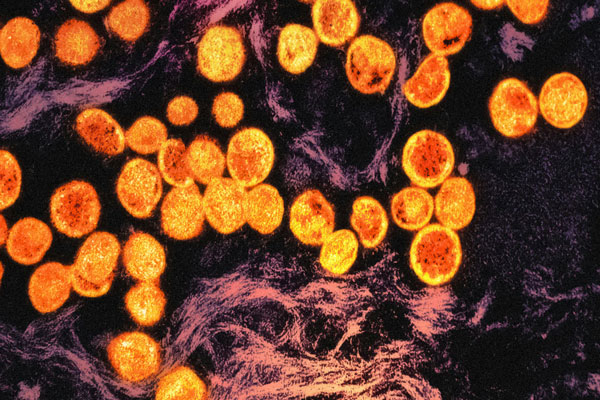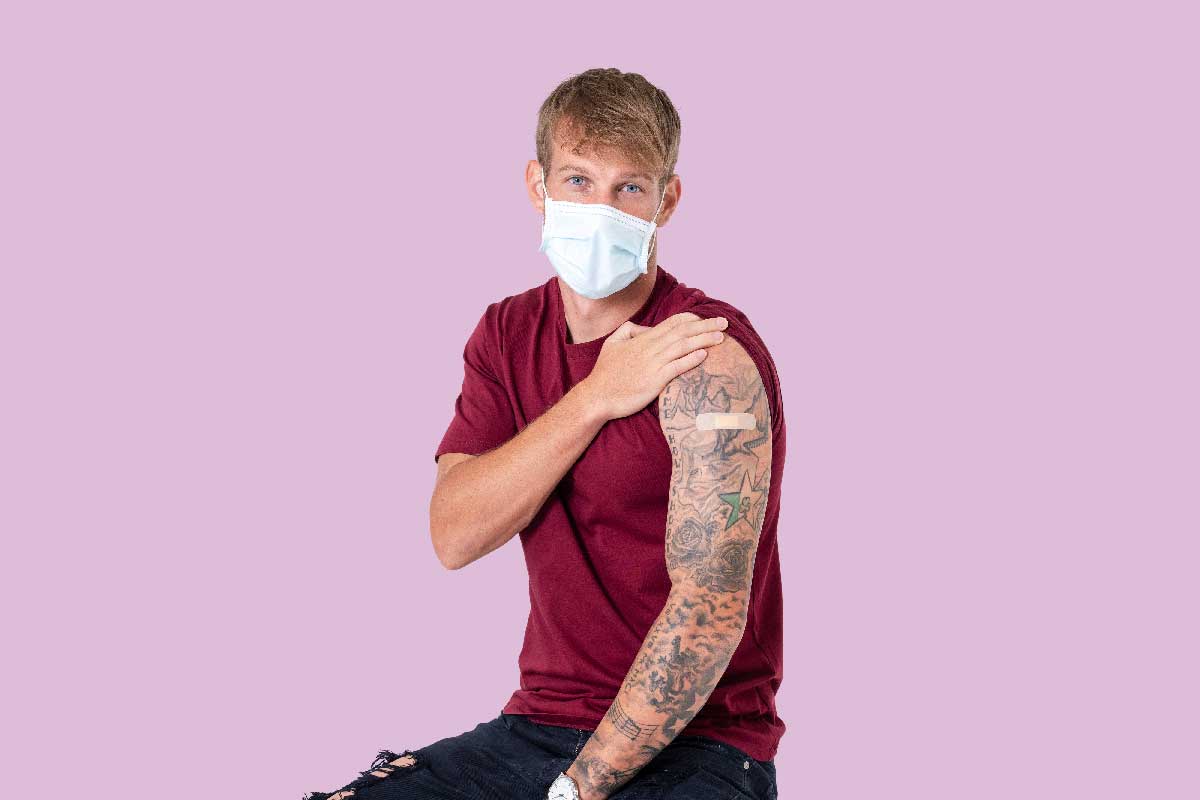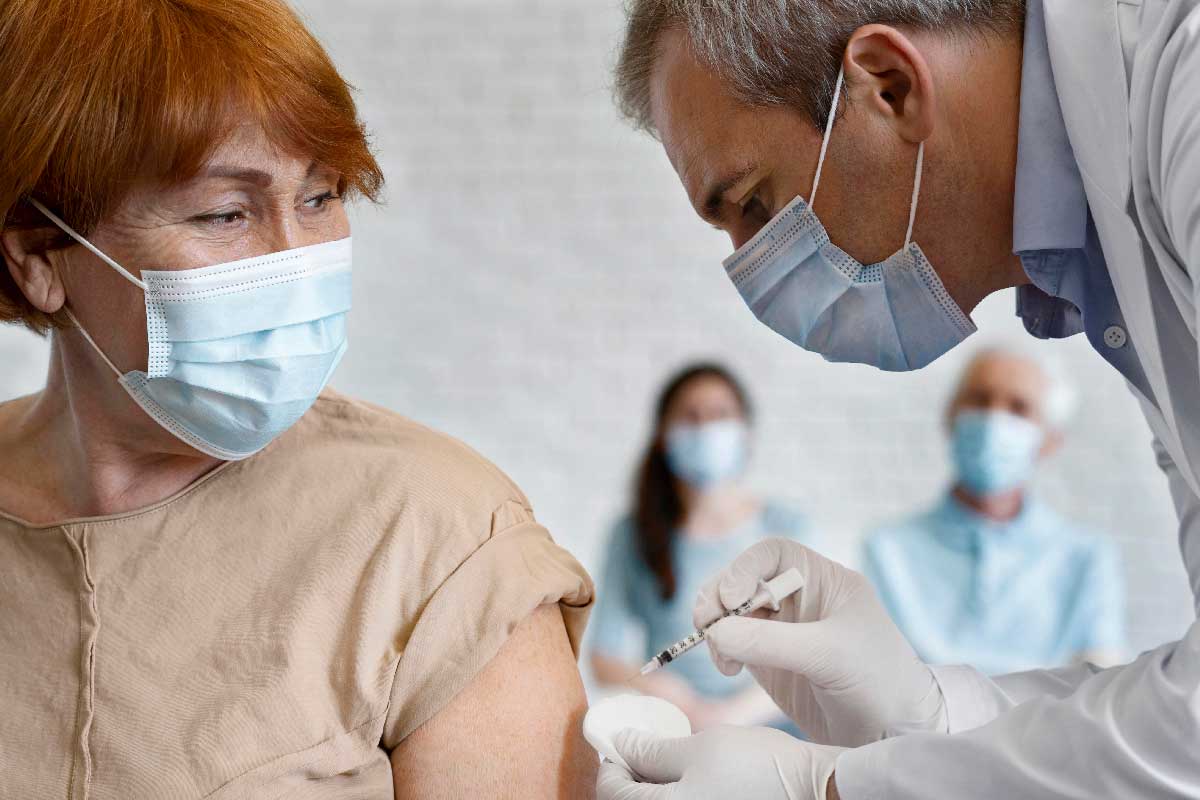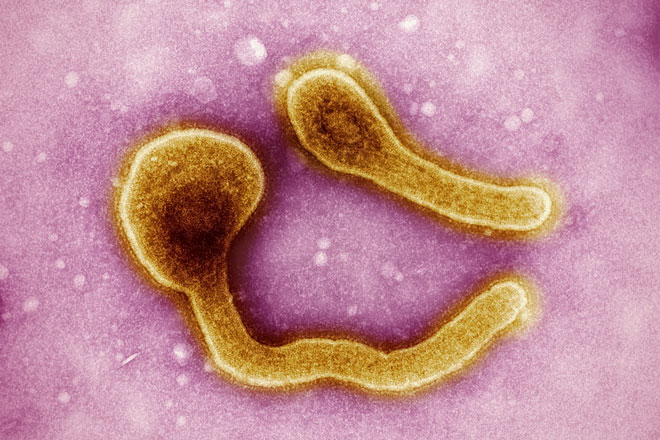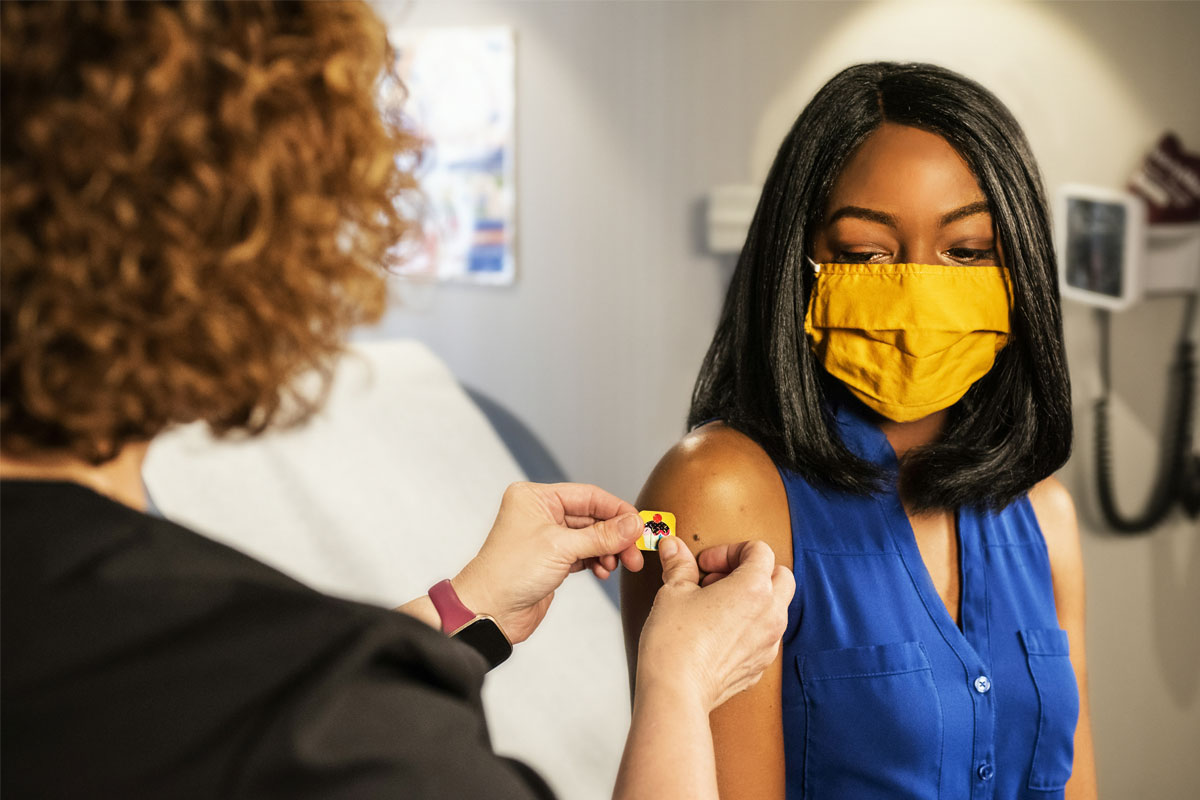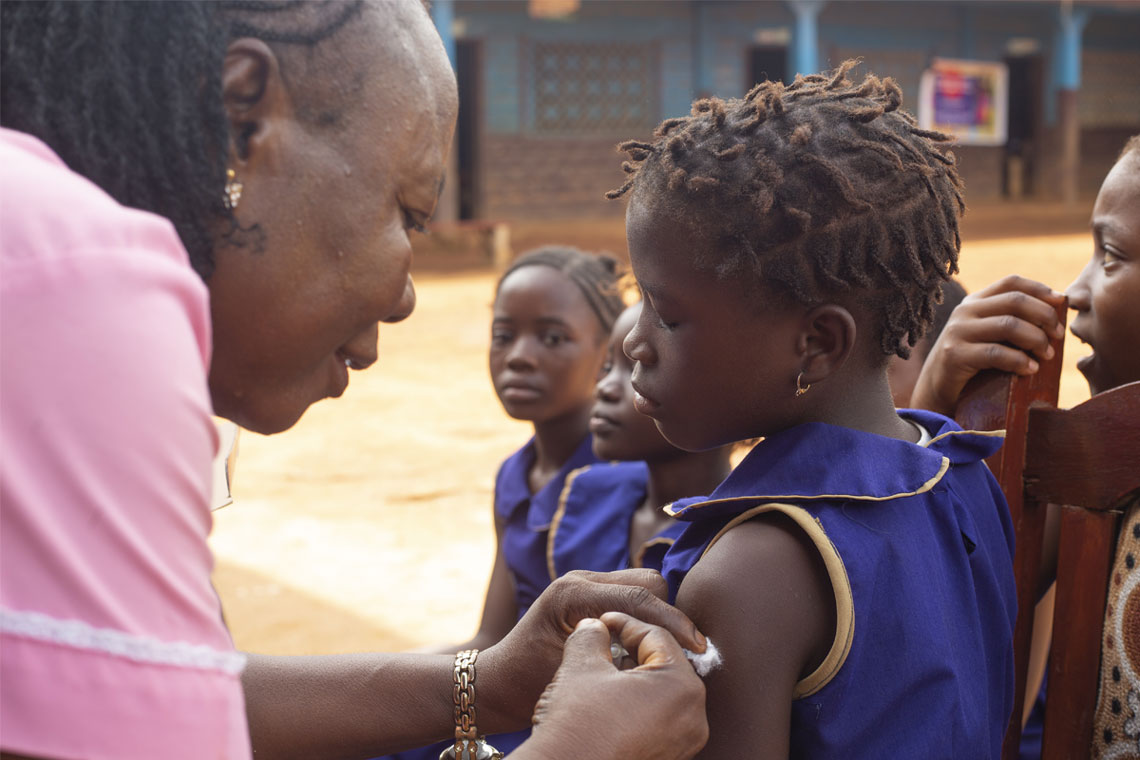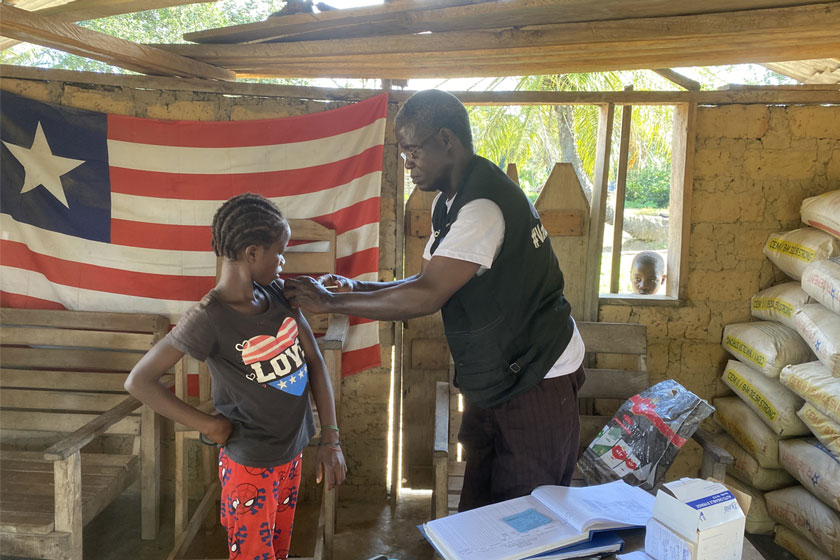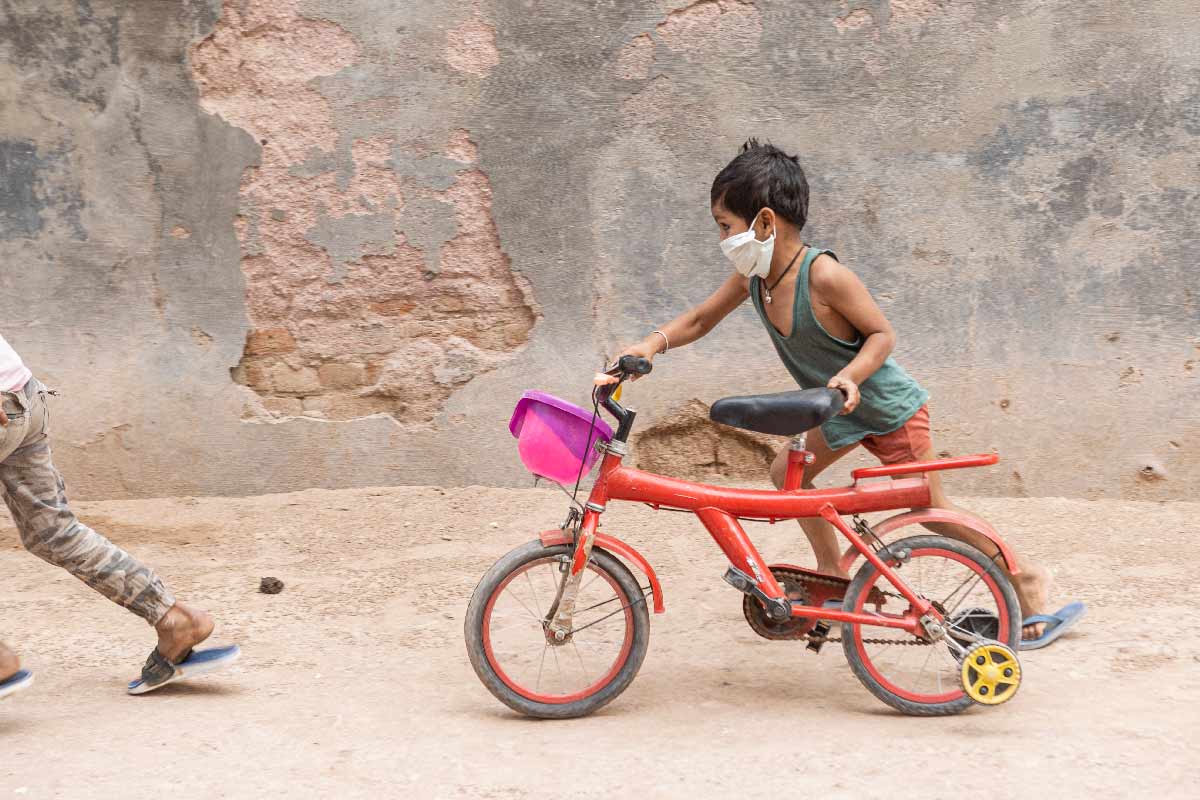Five ways in which vaccines can protect us amid climate change
Our health is more at risk than ever because of global warming, but immunisations can offer significant protection.
- 20 November 2024
- 5 min read
- by Priya Joi
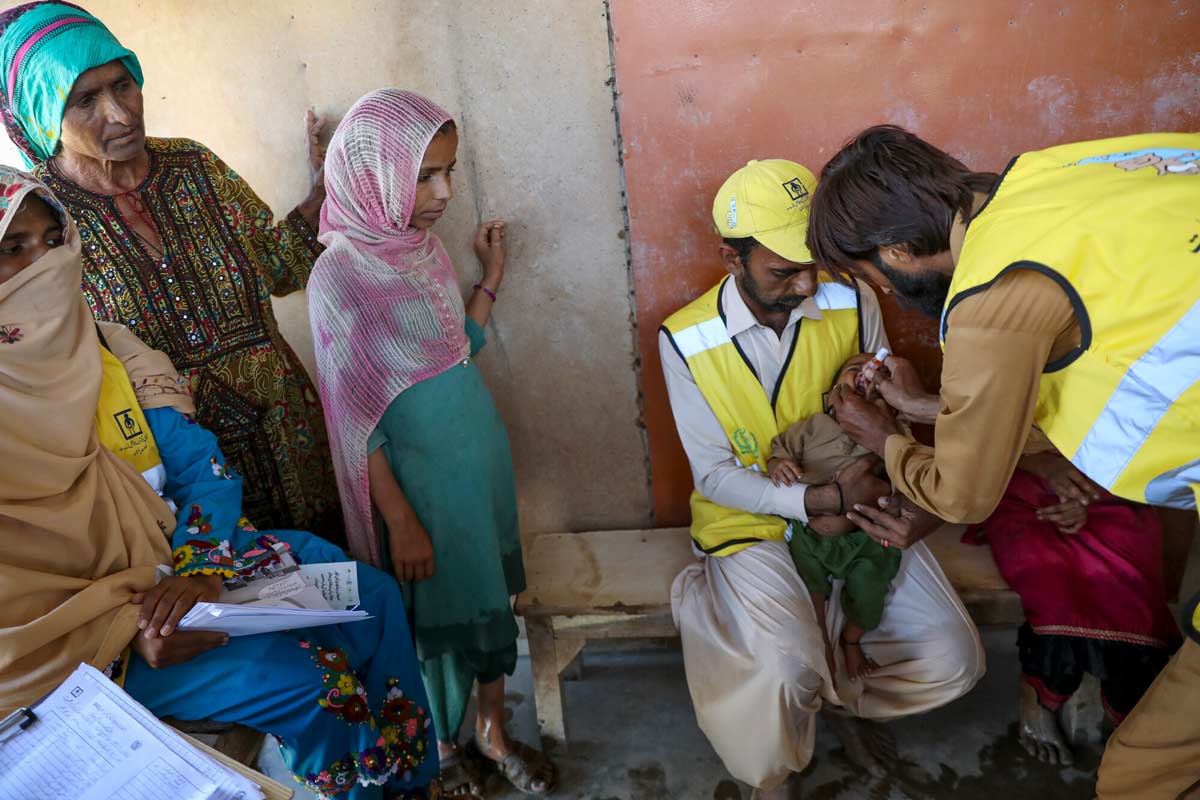
Climate change is the defining crisis of our time, and with the number of climate-related disasters having increased five-fold since 1970, it’s fair to say that every single human being is at risk. However, as in any global crisis, it is those who have the fewest resources who are at highest risk.
Across low- and middle-income countries, people who already lack access to adequate healthcare, safe housing, nutritious food and clean water are most vulnerable. It can take just one extreme weather event for people to lose their already tenuous access to health care services, or their means of providing for their family. At the same time, extreme weather events caused by climate change significantly increase the risk of vaccine-preventable infectious diseases such as malaria, yellow fever and cholera.
Amid these challenges, immunisation against deadly diseases can be a critical means of building resilience . Here are five ways in which vaccines can help mitigate the health impacts of climate change:
1. Protecting against diseases spiking from global warming
A 2022 review published in Nature Climate Change – one of the most systematic studies yet – shows worrying findings: of 375 infectious diseases studied, 218 (58%) have been aggravated by climate change.
Rising temperatures and shifting weather patterns caused by climate change are expanding the habitats of mosquitoes and other insect vectors that carry diseases like malaria, dengue, chikungunya and leishmaniasis, putting more people at risk. Already, the mosquitoes that spread malaria and dengue are transmitting disease at higher elevations than ever before. The World Health Organization estimates that one in two of us is now at risk of dengue.
Climate change is increasing the frequency and intensity of floods, droughts and storms, which can lead to the contamination of water supplies. This raises the risk of waterborne diseases like cholera, typhoid, polio and rotavirus. Vaccines for these illnesses help prevent outbreaks following extreme weather events, especially in regions where access to clean water and sanitation is limited.
Gavi is supporting countries to mitigate the health risks and vulnerability related to climate change by delivering vaccines that protect against seven diseases that are spreading rapidly as a result of climate change: dengue, meningitis A, Japanese encephalitis, yellow fever, cholera, malaria and typhoid.
2. Reducing health vulnerabilities in displaced populations
Climate-induced disasters, such as droughts and rising sea levels, are forcing millions of people to migrate. According to the UN Refugee Agency (UNHCR), in the past decade, weather-related disasters have caused 220 million people to be internally displaced – that’s an average of 60,000 people every single day.
Many of the people worst affected by climate hazards are also facing violent conflict. Sixty million of the world’s displaced people are in places affected by both conflict and serious climate hazards, such as Ethiopia, Haiti, Myanmar, Somalia, Sudan and Syria.
These populations, often temporarily housed in camps, are more likely to face overcrowded living conditions, poor sanitation, and limited health care, making them more susceptible to infectious diseases. These same groups of people are, cruelly, also at elevated risk from the next catastrophic weather event. According to the UNHCR, most refugee settlements and camps are projected to experience twice as many days of dangerous heat by 2050.
Vaccination campaigns in refugee camps and disaster-hit regions protect these vulnerable groups from illnesses like measles and pneumonia, which can spread rapidly in such settings.
3. Protecting against the rising threat of zoonotic illnesses
As climate change destroys the habitats of disease-carrying animals such as bats, they tend to live much closer to where people do. Global warming is also causing biodiversity loss which means that animals are increasingly looking for food in human habitats. This increased contact has hugely increased the risk of diseases such as those caused by coronaviruses (like the one that caused COVID-19, and before that, MERS and SARS), Ebola, Rift Valley Fever and Lassa fever, spreading from animals to humans.
According to the World Health Organization, about one billion cases of illness and millions of deaths occur every year from diseases that spread from animals. Over 30 new human pathogens have been detected in the last three decades, 75% of which have originated in animals.
In the past few years, lifesaving vaccines have been developed against diseases originating from animals which is vital given their epidemic and pandemic potential. As the COVID-19 pandemic showed, as well as developing these vaccines, it is vital that the global health community develops ways to ensure the equitable distribution of vaccines worldwide.
4. Ensuring resilience against economic shocks
By 2050, climate change is not only likely to cause an additional 14.5 million deaths, but it will trigger a US$ 12.5 trillion economic loss worldwide, according to a World Economic Forum report from January 2024.
Those at the frontlines of the threats from global warming are especially vulnerable to significant economic shocks from the loss of livelihood. By protecting people from infectious diseases that can in turn cause an even bigger loss of earnings and out-of-pocket health expenditures, vaccines can keep people healthy and in work.
A loss of earnings can drive people further into food insecurity and malnutrition, and they are likely to have weaker immune systems putting them at higher risk of infectious disease, and thus vaccines are critical in protecting them.
Have you read?
5. Reducing the strain on health systems
Vaccination programmes are a cornerstone of resilient health systems. By preventing disease outbreaks, vaccines reduce the strain on health care systems, enabling them to respond more effectively to other climate-related health crises.
For example, routine immunisation programmes ensure that communities are healthier and better equipped to withstand the compounding effects of climate shocks. This in turn, reduces the strain on health systems during emergencies so that they can serve people who need care the most.
In emergency situations too, vaccines can ensure that resources are preserved for those who need them. A study from the WHO Regional Office for Europe published in October 2024 showed that in six Eastern European countries, vaccines prevented over half of COVID-19-related hospitalisations and over half of all severe outcomes, including death.
